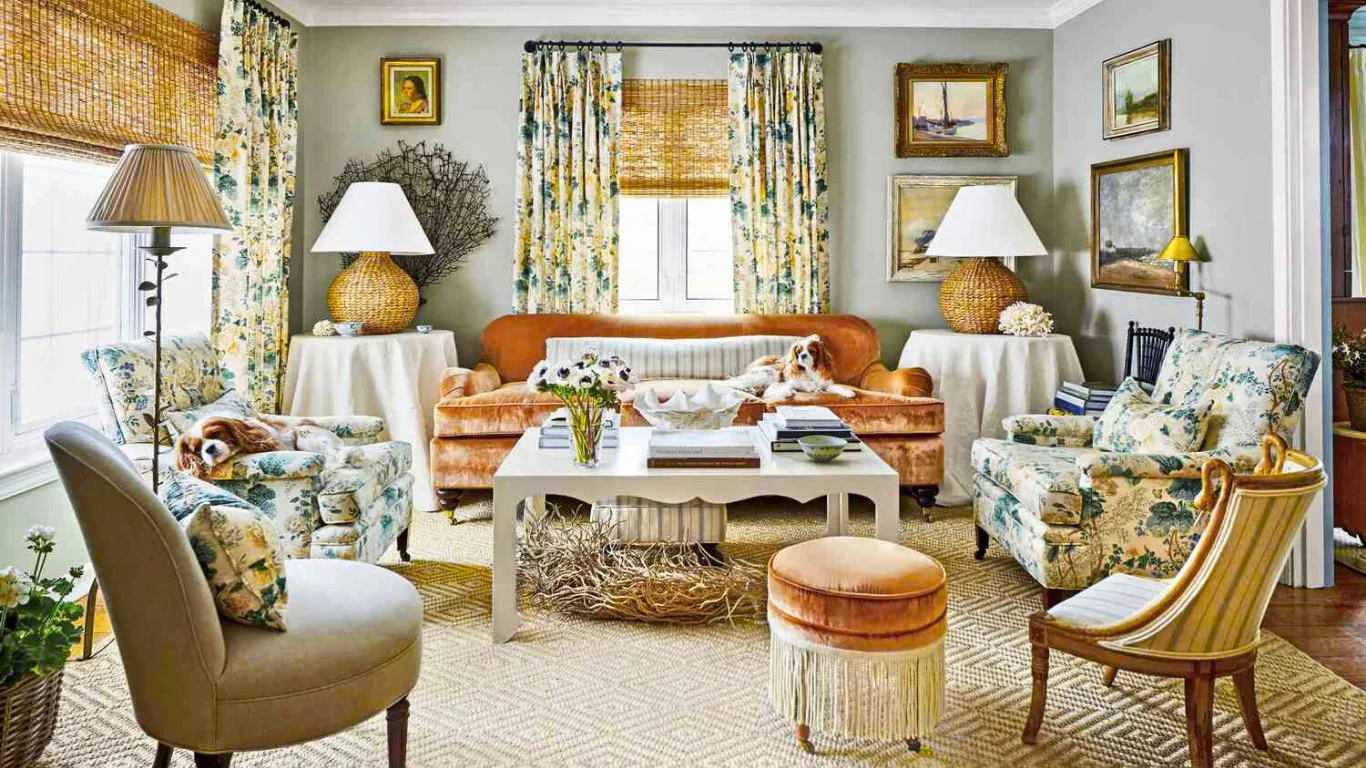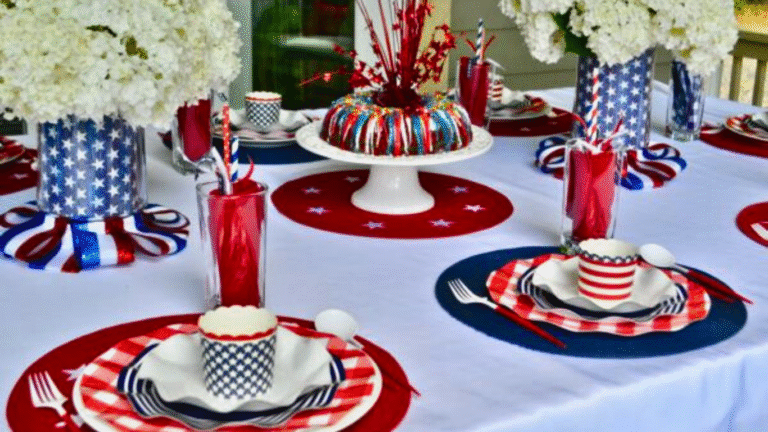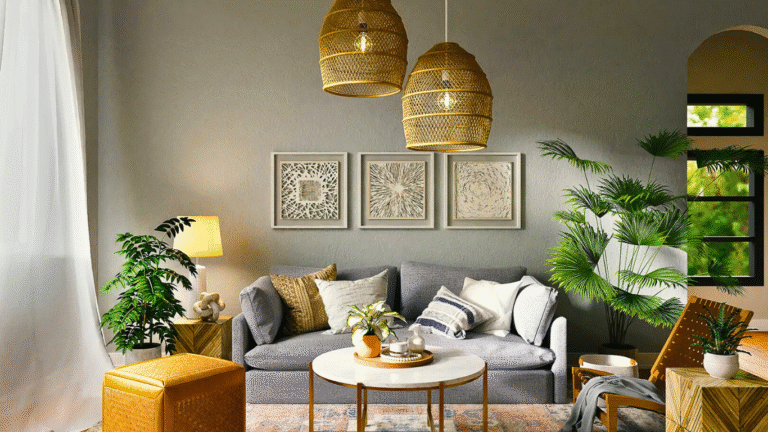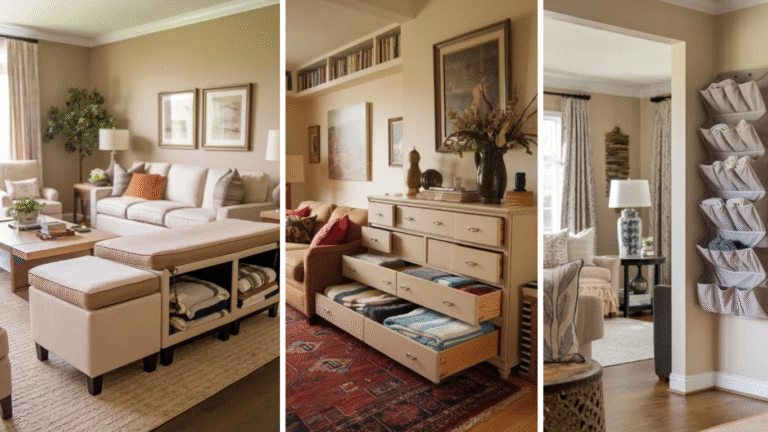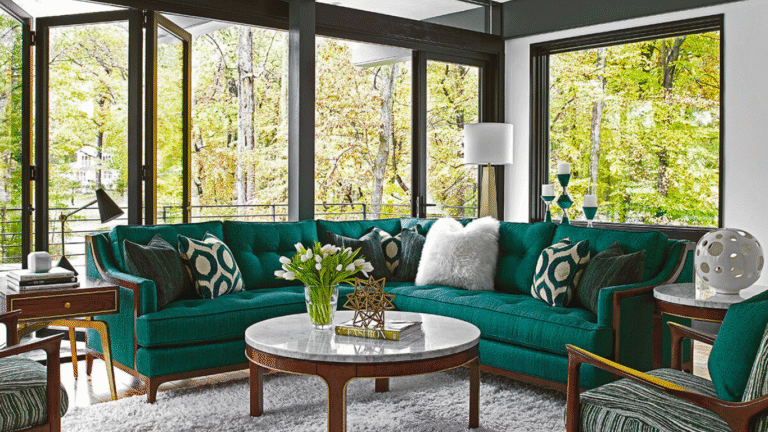Don’t Make These 15 Maximalist Living Room Mistakes That Scream “Cluttered” Not “Curated”
1. Overloading Every Surface With Decor
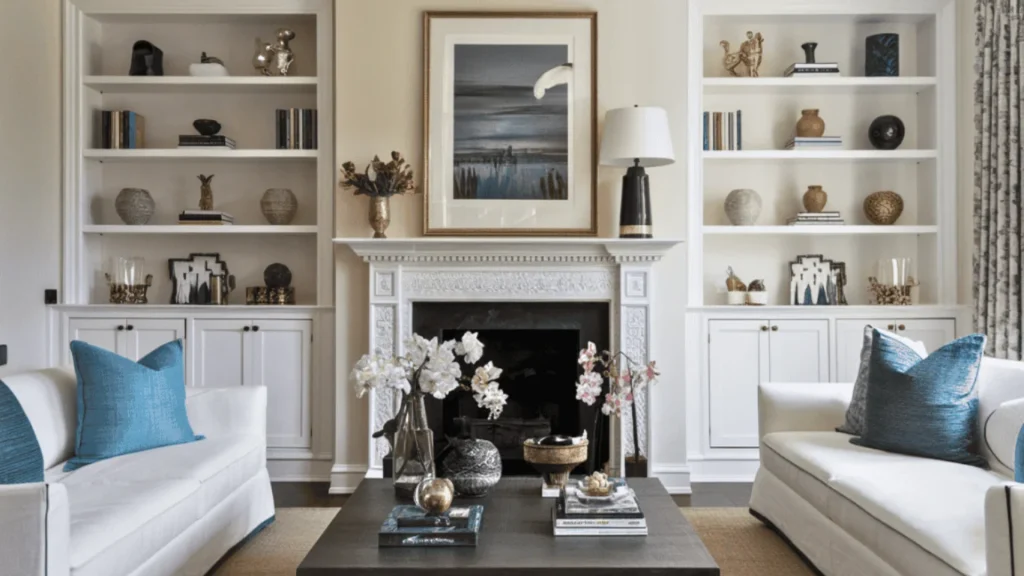
When every tabletop or shelf is filled with decorative objects, it becomes difficult for any individual piece to get noticed. Instead of creating interest, the result feels crowded and overwhelming.
Giving items space around them allows the eye to focus and appreciate each one. It’s important to let surfaces breathe so they look intentional, not chaotic in order to avoid committing living room mistakes
2. Covering Every Wall With Wallpaper or Bold Paint
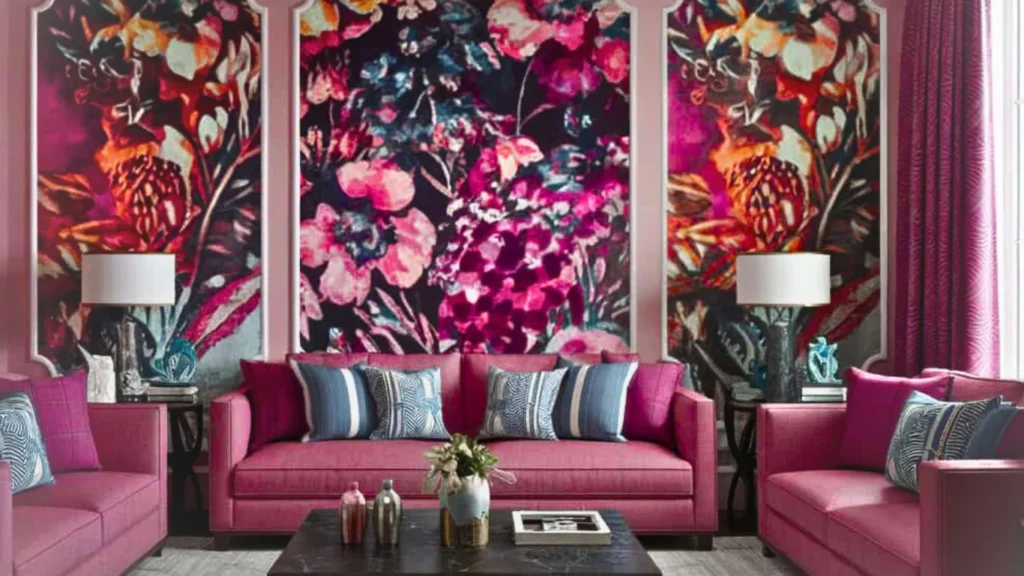
Bold wall treatments are a hallmark of maximalist design, but covering all four walls in heavy patterns or strong colors can exhaust the senses. Rather than making a space vibrant, it can feel closed in and stressful.
Keeping one or two accent walls helps draw attention and gives the design focus. Neutral or lighter-colored walls around them create needed contrast.
3. Neglecting Negative Space

Empty areas in a room serve a purpose. They let your eyes rest and give furniture and décor the room to stand out. Without these open zones, even thoughtfully chosen items begin to lose impact.
Leaving blank space on walls, around furniture, and between objects allows each element in the room to feel more deliberate and visually important.
4. Displaying Collections Without Editing or Grouping
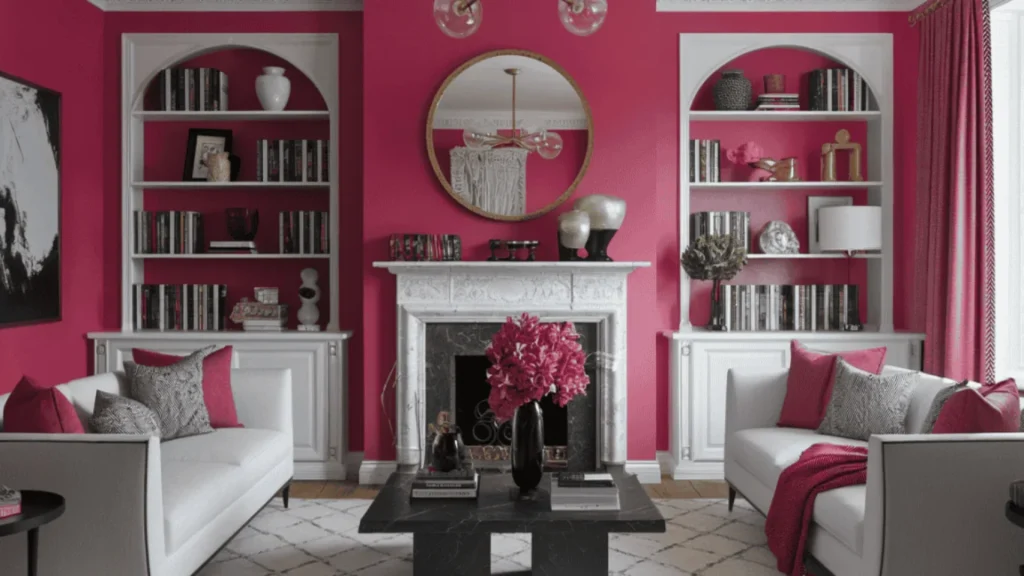
Collections bring charm and individuality to a space, but if they are spread randomly or left unorganized, they lose their effect. To make them stand out, similar items should be grouped and arranged thoughtfully.
It also helps to reduce the number of displayed pieces so that the strongest or most meaningful ones are highlighted rather than hidden in visual noise.
5. Lacking a Focal Point
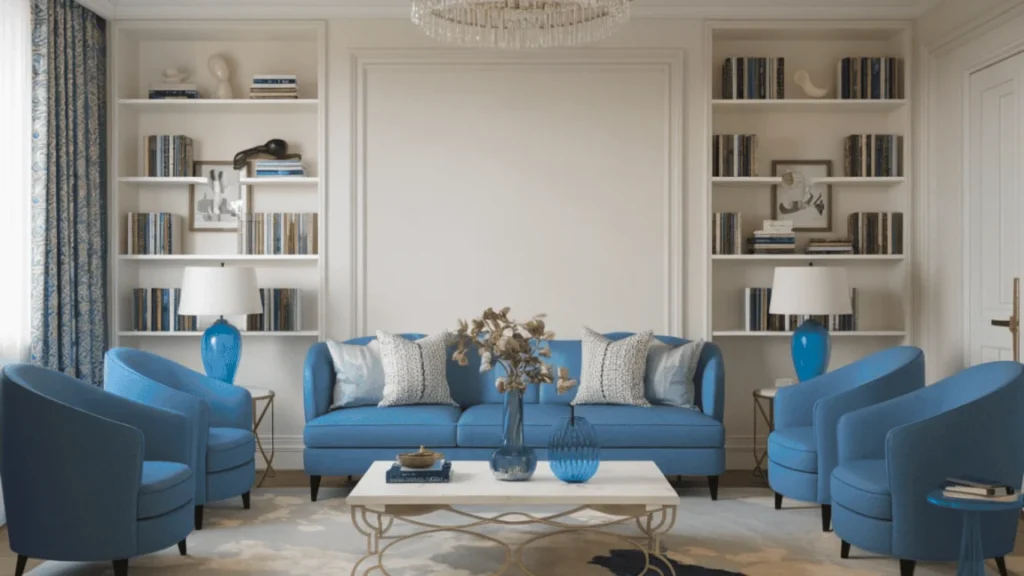
Every room needs one main feature to draw the eye and give structure to the design. Without a central focus—like an art piece, sofa, or fireplace—the space can feel confusing and scattered. Supporting furniture and decorations should be arranged around this anchor point to create a sense of balance and purpose.
6. Using Clashing Color Palettes With No Visual Rest
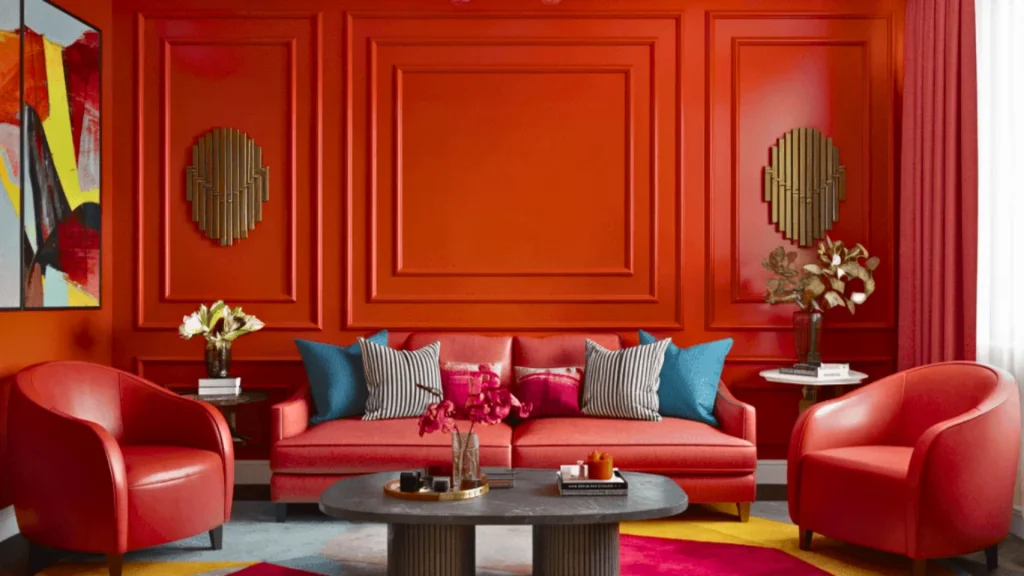
A room filled with bold colors can quickly become overwhelming if the hues don’t coordinate. When every area shouts for attention, there’s nowhere peaceful for the eye to land. A more successful approach is to select a primary color and build supporting tones around it. Including neutrals helps give the space visual breaks and makes the bright colors feel more special.
7. Ignoring Scale and Proportion

The size of your furniture and décor needs to match the room’s dimensions. Putting oversized items in a small space can make it feel cramped, while using only tiny items in a large room makes it feel empty and unfinished.
Mixing various sizes is part of maximalism, but it’s important that all the elements relate to one another in a way that feels balanced.
8. Piling on Textures Without a Theme or Intent
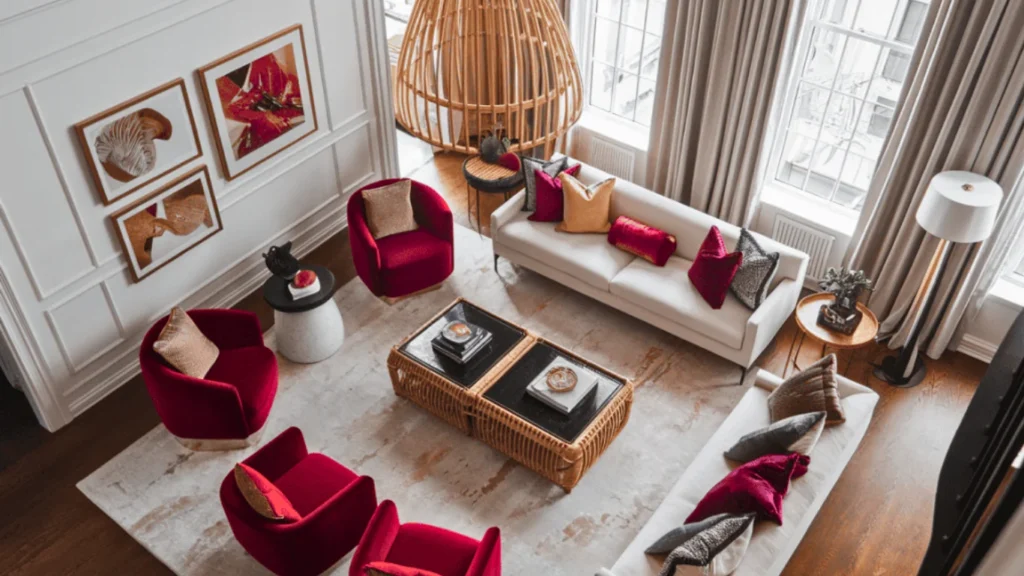
Combining different textures can make a space feel layered and inviting, but doing it without a clear purpose results in chaos and disturbance in home decore setup . Too many conflicting materials without connection to each other—like velvet, metal, or rattan all at once—confuse the look.
Choosing just a few key textures that support your color scheme or mood creates richness without overcomplicating things.
9. Forgetting to Balance Visual Weight Across the Room
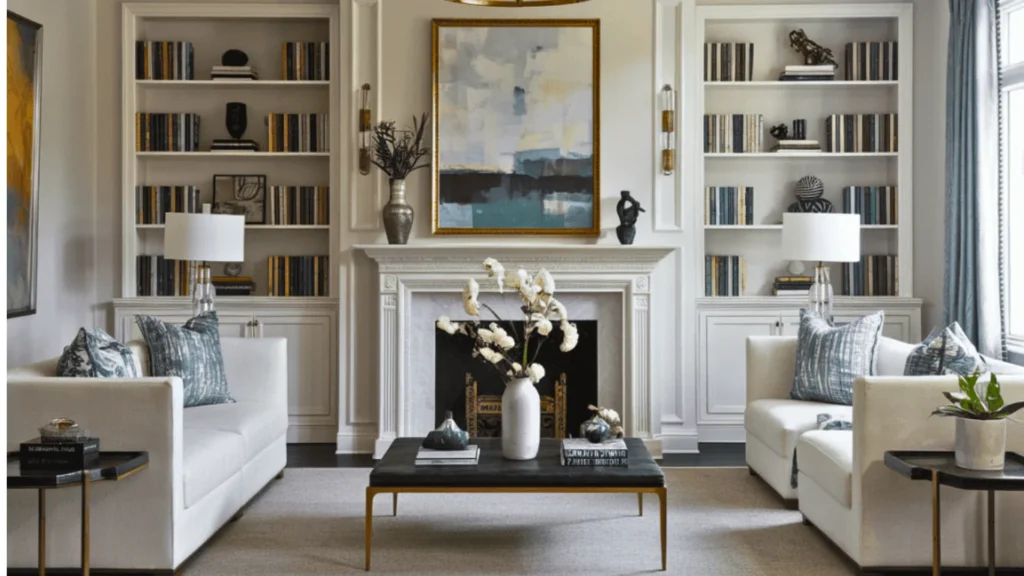
Some furniture and decorations appear heavier or more dominant, even if they aren’t physically heavier. If one side of the room has too many of these heavy-looking elements, the space feels off-balance.
The other side of the room needs an equal presence, whether it’s a large piece of art or a substantial cabinet, to bring harmony back.
10. Overusing Small Furniture Instead of Anchor Pieces

When a room is filled only with smaller furniture, it can feel like it’s lacking in structure. Maximalist rooms still need big, solid pieces like a main couch or a substantial table to give the layout a sense of grounding. Small items are best used to complement these anchors, not replace them entirely.
11. Letting Wall Art Compete Instead of Coordinate

Artwork can add color, story, and dimension, but too many bold or oversized pieces on the same wall can make the space feel chaotic. Choosing just a few artworks that reflect the room’s theme or palette, and hanging them with intention, helps them blend in and enhance the design rather than fight with it.
12. Choosing Statement Pieces That Don’t Harmonize

A bold item can add interest, but if it doesn’t suit the rest of the room in tone or style, it becomes a distraction. Maximalism isn’t about collecting bold pieces just for the sake of it—it’s about finding those that work within your overall vision. A well-chosen standout object should still feel like part of the story.
13. Mixing Eras and Styles Without Common Threads

Using pieces from different design periods can look stylish if done thoughtfully. However, without something to tie them together—such as a common material, shape, or color—it just looks disjointed. Bringing in a connecting detail makes the contrast feel intentional rather than random.
14. Not Using Lighting to Define Zones and Highlights

Lighting isn’t only for visibility—it shapes the mood and helps organize a room. Relying on one light source can flatten a space. Instead, layering different types of lighting like overhead fixtures, floor lamps, and accent lighting allows you to highlight key areas and create a more dynamic, inviting space.
15. Skimping on Storage for Functionality
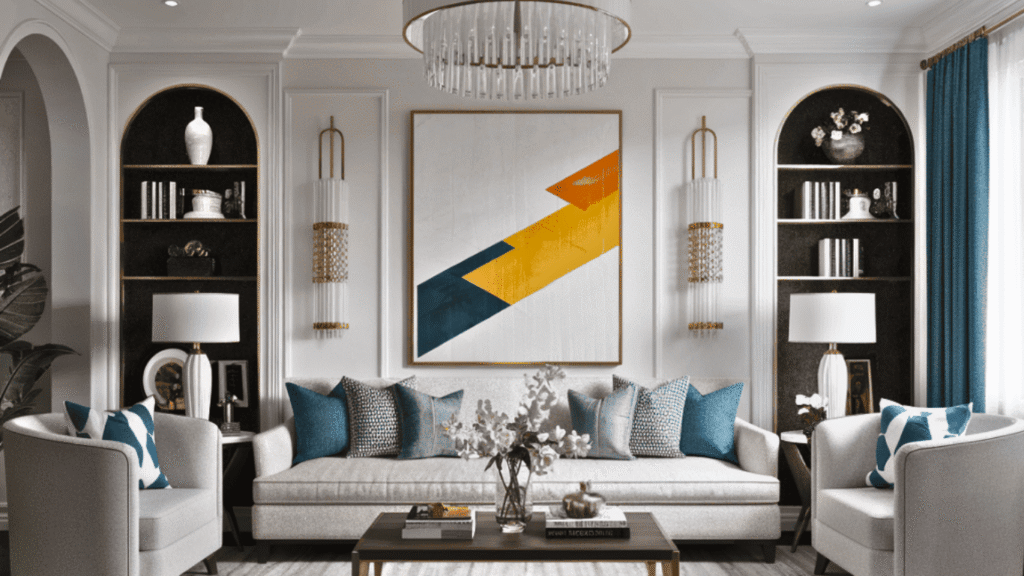
Even a well-decorated room needs to function day-to-day. Without enough storage, things pile up quickly, turning décor into clutter. Adding attractive storage like ottomans, baskets, or cabinets helps hide everyday mess and supports the idea that maximalism can be beautiful and practical at the same time.
Conclusion: ( Living Room Mistakes )
Maximalism should feel energetic and expressive, not chaotic. Being thoughtful about each design choice helps the space stay stylish and personal without becoming overwhelming. With the right balance, the room reflects your personality while still feeling organized and intentional.

